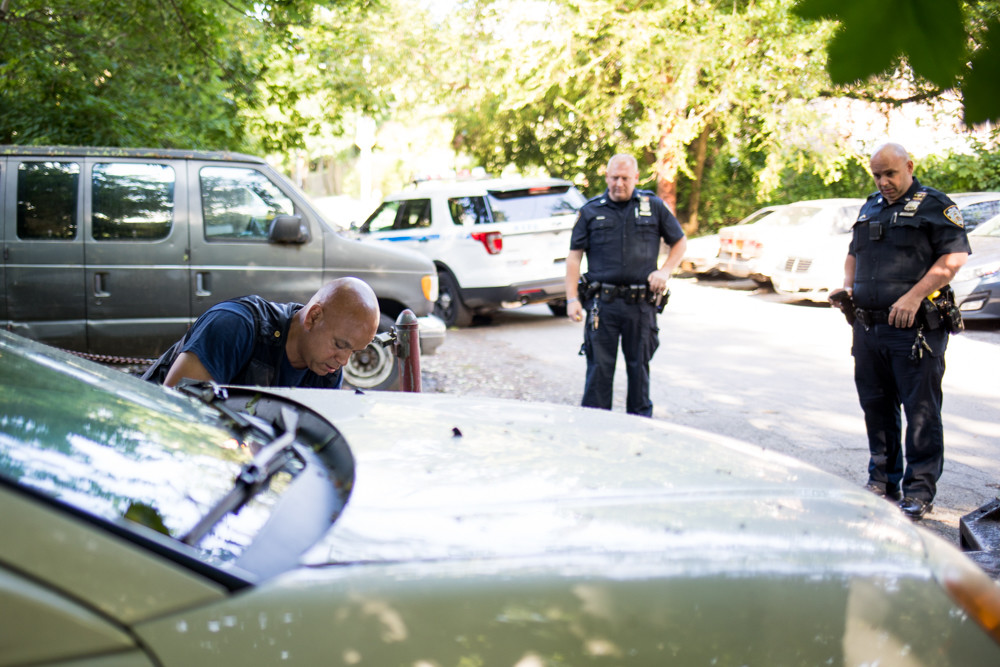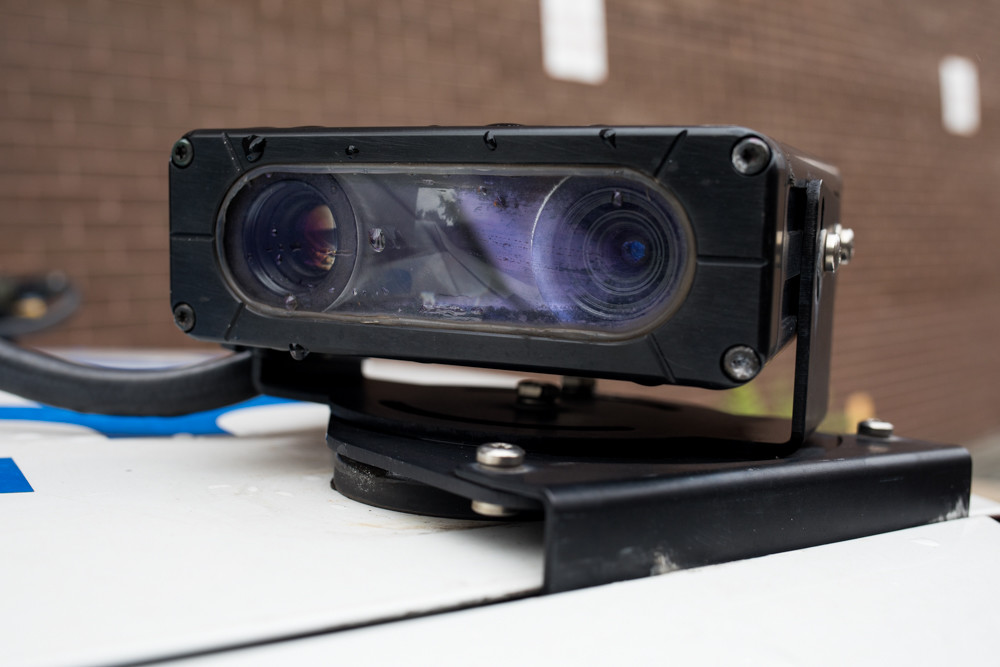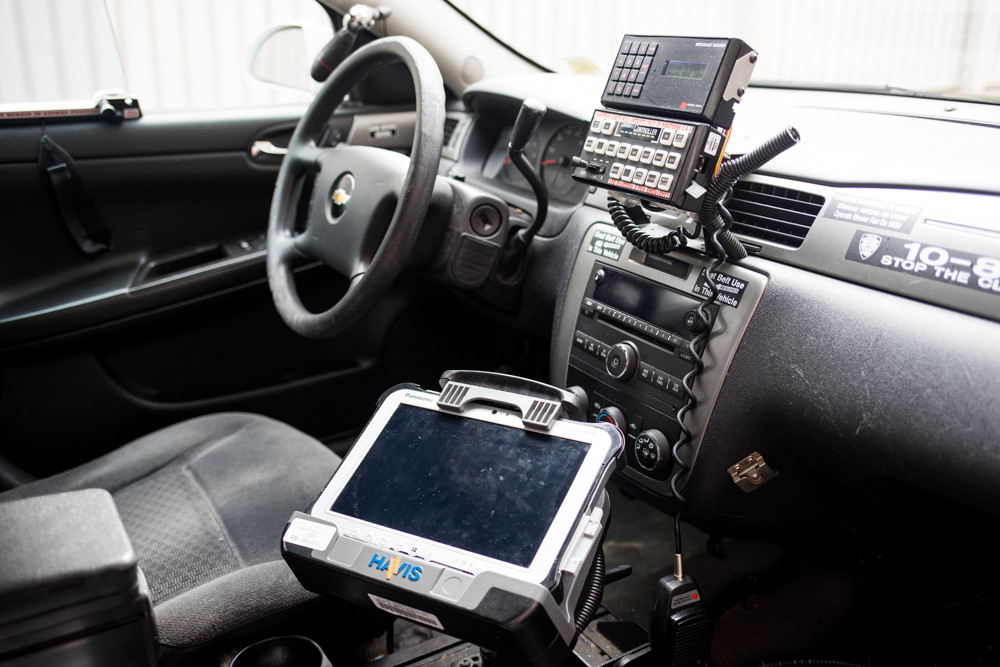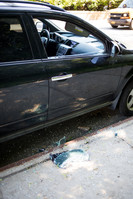Go ahead — steal this car! We dare you, say police
Soon, some Riverdale rim robbers, Fieldston tire snatchers, Kingsbridge car thieves — and even that prolific set of stealthy bandits who make a habit of smashing windows around Vannie — may think twice before attempting one more heist.
State Sen. Jeffrey Klein has directed a $100,000 grant to District Attorney Darcel Clark’s office intended to fund the expansion of the borough’s anti-auto theft “bait car” program. What started in the Bronx in 1995, the program enlists plainclothes cops positioning so-called bait cars in high auto crime areas — like the streets around Van Cortlandt Park — in order to catch criminals in the act.
The grant will buy two “bait vehicles,” more cameras, and other technology, as well as a surveillance van, all of which the senator predicts will put a dent in car thefts, from Kingsbridge to North Riverdale, and the rest of the borough.
It’s not the first time Klein’s funded an expansion of the program. He earmarked $125,000 into the program in 2010 in what he said lead to a “real decline” in auto theft in some Bronx precincts.
While the Bronx has made significant strides reducing auto theft over the last several decades — including a nearly 91 percent reduction since 1994 — progress tapered off in the last few years, Klein said.
Terence O’Toole, deputy inspector for the 50th Precinct, is all for the program. He’s confident it will help his officers crack down on a stubborn trend that, while not nearly as bad as it was in the 1990s when the 5-0 saw a whopping 2,408 car thefts, continues to plague owners.
O’Toole predicts Klein’s grant will fund vehicle models popular among thieves in this part of the borough — probably a Honda Civic or Accord. The bait vehicles will be equipped with a global positioning system device, cameras and cut-off switches so that the car can be shut off safely — like stopped at a traffic light, for example, and not while speeding down a busy street.
“It’ll be fantastic,” said O’Toole, who anticipates more convictions in auto crime thanks to cops catching some of them in the act.
The bait cars may not necessarily find themselves in the 50th however. The New York Police Department’s citywide auto crimes division will use its own analysis to identify commonly stolen cars and pinpoint car crime hotbeds.
Usually car thieves will “scout for an area,” O’Toole said. “‘OK, we want a V6 Honda Accord.’ They’ll drive around and look particularly for that car,” until they spot it and strike.
“‘Oh, look, this Honda’s been parked on Goulden Avenue for three days. Let’s come back tonight and get it.’ That’s how they work, for the most part.”
Yet, there’s no guarantee thieves will bite every time, O’Toole says — even along parts of Jerome Avenue in Van Cortlandt Park, which a parking smartphone app last year ranked one of the city’s 10 worst areas for car break-ins.
“We’ll leave (a bait car) on the street for a couple of days and see what happens,” O’Toole said. “Sometimes it works, and sometimes it doesn’t.”
The 50th Precinct already has used its own bait cars to target thieves on the prowl for valuables left in cars — not just the cars themselves — sometimes leaving the vehicle in Riverdale, for example, with a MacBook Pro, iPhone or wallet lying on the back seat.
“Sometimes they would get taken, and sometimes they wouldn’t,” O’Toole said. “It takes some time.”
As crime-fighting technology evolves — becoming not just more affordable, but easier to use — police in the 50th Precinct are looking for every opportunity to integrate it into their day-to-day operations. That could eventually even include drones.
Indeed, Klein’s grant to expand the bait car program comes amidst the NYPD’s seemingly endless rollout of technological upgrades — from more security cameras on public streets, to body cameras for patrol officers, to the ShotSpotter system that detects the sound of gunfire and alerts police of the shooting’s location.
“We invest in technology as much as we can,” O’Toole said. “We’re trying to make everything safe for the cops, safe for the public.”
While technology helps, there’s also a method to deterring car thieves O’Toole calls “targeted precision policing.”
“You want to target the person who’s doing it all the time,” O’Toole said, including one particularly prolific thief who stole dozens of Hondas, selling some of them for scrap metal.
And while the automobile industry has really pushed to make auto theft even more difficult, car owners also need to be savvy, O’Toole said, and take every preventative measure available.
“If you leave your keys in the car, there’s not much I can do for you,” O’Toole said. “Unfortunately, that’s a big problem with a lot of our auto theft. People seem to think that leaving their car in the driveway unlocked is a safe thing. But it’s not. People trespass. We have to take responsibility, secure our property. Make life a little harder for the crook.”
O’Toole believes new bait cars could come to his precinct as soon as this fall — bad news for car thieves in the 50th Precinct, where the crime has inched up slightly since this time last year.
“It’ll definitely have an effect,” he said. “Once the word gets out about this, the individuals who do car theft will realize, ‘Oh, is this a bait car? Or is it not? Hmm. Maybe I should just walk away. Try something else.’”
Klein hopes O’Toole’s right. And while he’s not certain what the reasons are behind the scourge of car crimes continuing to plague places like Riverdale, Kingsbridge and Van Cortlandt Park, expanding the bait car program could prove an antidote.
“The program has been very successful in the past,” Klein said. “The two bait vehicles, as well as the surveillance van, I think, will lower the number of car thefts in the 50th Precinct.”













